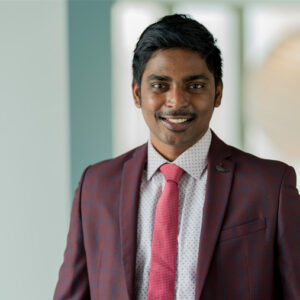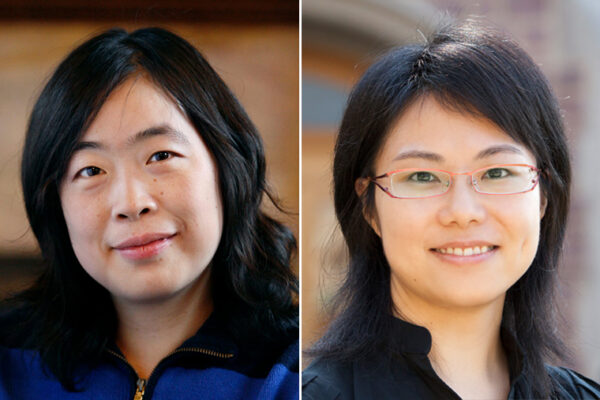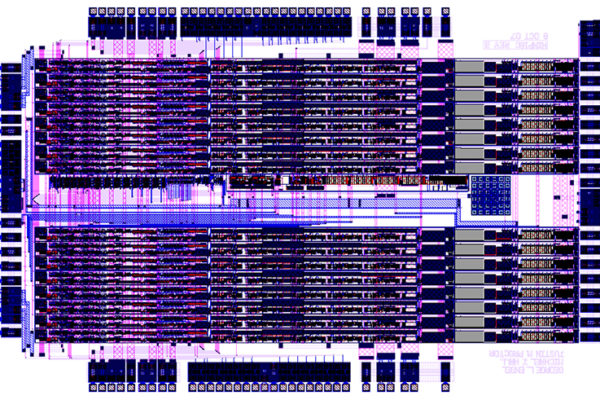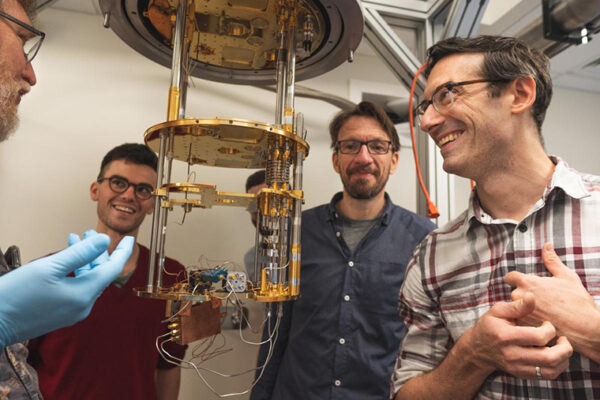
Some materials, like wood, are insulators that block the flow of electricity. Conductors, such as copper, allow for electricity to flow through them. Other materials — semiconductors — can be either/or depending on conditions such as applied electric field or temperature. Unlike wood or copper or silicon, though, topological insulators (TIs) are an exotic state of matter that is conductive on the surface, but not in the bulk. Such unique material properties have great scientific implications and could be of use in a range of technologies, including wireless communications, radar and quantum information processing.
Read a full press release at Columbia University
Through a collaborative effort, the research labs of Aravind Nagulu, assistant professor in the Preston M. Green Department of Electrical & Systems engineering at the McKelvey School of Engineering at Washington University in St. Louis, worked on the project led by co-PIs Harish Krishnaswamy, associate professor at Columbia University, and Andrea Alù, professor at City University of New York’s Advanced Science Research Center. They have demonstrated the first implementation of an electromagnetic topological insulator on an integrated chip.
The collaborative project’s findings were published May 2 in the journal Nature Electronics.
Read more on the engineering website.

This work was supported by the DARPA SPAR program; the AFOSR MURI program; the Office of Naval Research; and the Department of Defense.
The McKelvey School of Engineering at Washington University in St. Louis promotes independent inquiry and education with an emphasis on scientific excellence, innovation and collaboration without boundaries. McKelvey Engineering has top-ranked research and graduate programs across departments, particularly in biomedical engineering, environmental engineering and computing, and has one of the most selective undergraduate programs in the country. With 140 full-time faculty, 1,387 undergraduate students, 1,448 graduate students and 21,000 living alumni, we are working to solve some of society’s greatest challenges; to prepare students to become leaders and innovate throughout their careers; and to be a catalyst of economic development for the St. Louis region and beyond.


